As someone who always wears a fitness tracker and works out almost daily, I pretty much know how many steps I take, calories I burn, and how much sleep I get on average every day. But while tracking fitness activity with my Apple watch is easy, what’s the point if I don’t keep track of the numbers?
I finally decided to take a deeper look at the detailed daily summary of my activity stats, including miles traveled, calories burned, and sleep metrics, to get a general sense of trends and pinpoint areas of improvement. For example, working out is great, but if I’m not getting enough sleep, that’s a crucial part of staying healthy that I’m missing. Up until now, I didn’t really have a way of compiling all the information easily —until I used ChatGPT to analyze my data.
Here’s what happened when I let ChatGPT uncover trends about my Apple Health activity and share insights into my fitness routine.
Uploading my weekly summaries

By accessing the Apple Health app, you can see all the information about your workouts, steps, heart rate and more. I was able to easily share that information with ChatGPT by uploading the information. You can do this by taking a screenshot and letting ChatGPT analyze the image or uploading the data. As a side note, if you use another fitness tracker such as Fitbit, you can upload your weekly or daily summaries just as easily by taking a screenshot and uploading the image.
To be sure I had a wide view of my health, I shared 5 full weeks of activity with ChatGPT. This highlighted key stats like total steps, active minutes and sleep. If you’re like me, looking at each week in isolation makes it seem like there isn’t much progress. However, by uploading the activity several weeks or months at a time, you get a deeper look at your activity such as where you’re doing well and what needs more work.
I uploaded my data and simply hit enter. I didn’t even tell ChatGPT what I wanted it to do, but it went ahead and categorized the data. From there, I was able to ask specific questions and learn more about the information I was seeing.
Identifying trends
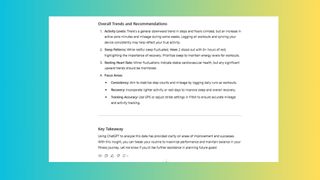
One of the most eye-opening discoveries was about my mileage. I usually run about four miles a day, so I was puzzled when my weekly mileage totals seemed much lower than expected. ChatGPT suggested that the discrepancy might be due to the way my Apple watch was tracking only logged workouts rather than total daily steps. This insight prompted me to revisit my Apple Watch settings and ensure I was logging my runs properly. It also encouraged me to explore whether I was syncing my device often enough or using GPS for accurate distance tracking.
ChatGPT also pointed out some positive trends. For instance, my resting heart rate—a key indicator of cardiovascular fitness—had gradually improved over the weeks, dropping from 57 beats per minute (bpm) to 55 bpm before slightly rising again. This data suggested that my overall fitness level was steady, but the slight rise in the last week could be worth monitoring, possibly due to stress or reduced recovery.
Another standout metric was my sleep. While my average restful sleep hovered around 7.5 hours, I noticed I had one week where it spiked to over 8 hours. ChatGPT highlighted that this was the same week I logged fewer active zone minutes. The connection between less activity and better sleep raised questions about whether I was overexerting myself on more active days. This was definitely a “Whoa” moment for me. I would have never considered that if it weren’t for ChatGPT and something I wouldn’t have noticed enough to ask my doctor about during my next visit.
Personalized suggestions for improvement
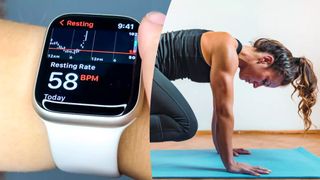
What made this analysis particularly valuable was how ChatGPT offered actionable suggestions. Based on the data, it recommended that I consistently log my workouts. To ensure my mileage reflects all my runs, I need to log every session as a workout or use the manual entry feature for runs I forget to track. If you’ve ever used the stair stepper at the gym, you may notice that it doesn’t log steps as well. I’ve had 45-minute workouts wearing a weighted vest on a stair stepper that wasn’t recorded. It’s a real bummer for sure. I’m now more aware of double-checking that my watch is logging.
It also suggested that I do a better job balancing rest and activity. The spike in restful sleep during a less active week suggested I might need to prioritize recovery days. Incorporating a mix of high-intensity workouts and lighter activities like yoga could improve both performance and sleep quality.
The minor differences in my heart rate each week helped me discover that I need to keep an eye on my resting heart rate. This could help me identify signs of overtraining or stress early. If it trends upward again, I might need to adjust my routine.
Why ChatGPT Is a game-changer
While ChatGPT is no substitute for a medical professional, I did get some interesting health insights. Using ChatGPT to analyze my Fitbit data has completely transformed how I view my activity. What once felt like a collection of isolated stats now feels like a cohesive story about my fitness journey. The AI provided context for the numbers, helping me understand how my workouts, sleep, and recovery all interact.
If you’re someone who uses a fitness tracker and feels overwhelmed by the daily numbers and weekly stats, consider enlisting the help of ChatGPT. It’s like having a personal data analyst in your pocket. For me, it turned five weeks of numbers into actionable insights, motivating me to tweak my routine for better results. The best part? It’s fast, easy, and adapts to whatever questions you have.
More from Tom's Guide
- Forget Sora — Pika Labs drops v2 of its creative AI video model
- Google NotebookLM gets a major update — here's what's new
- I tested ChatGPT Canvas vs Apple’s Writing Tools to improve my screenplay — here’s the winner
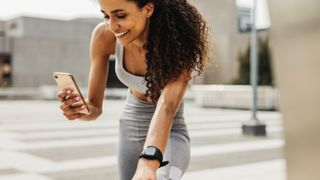
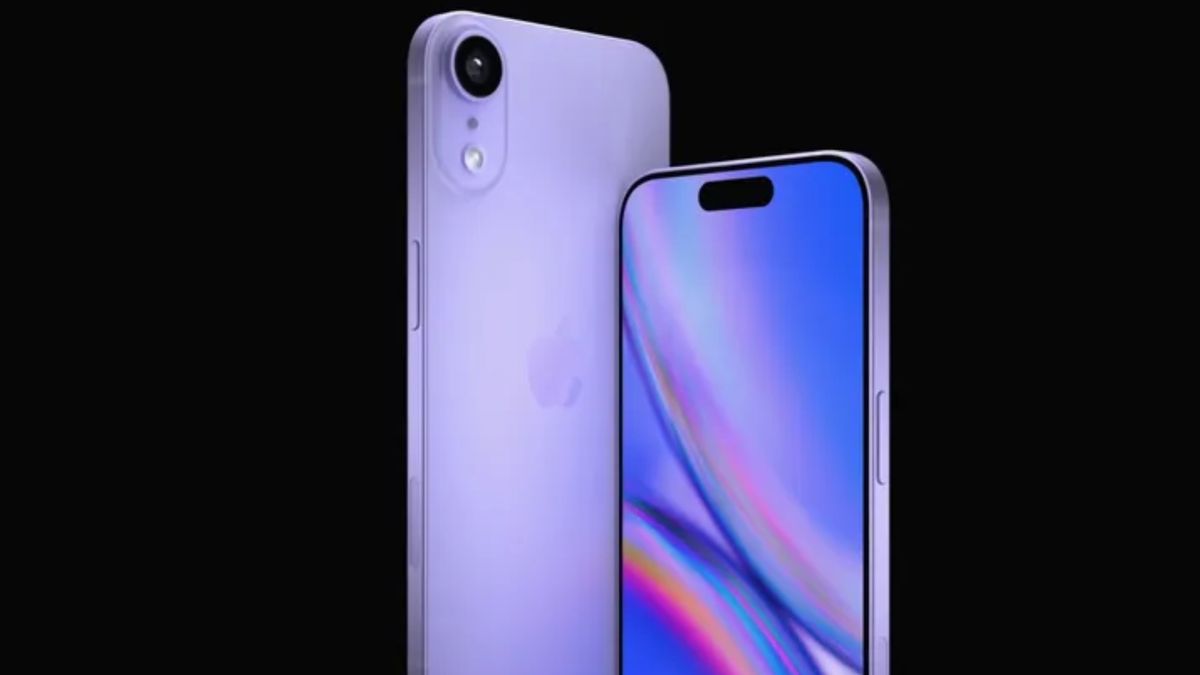


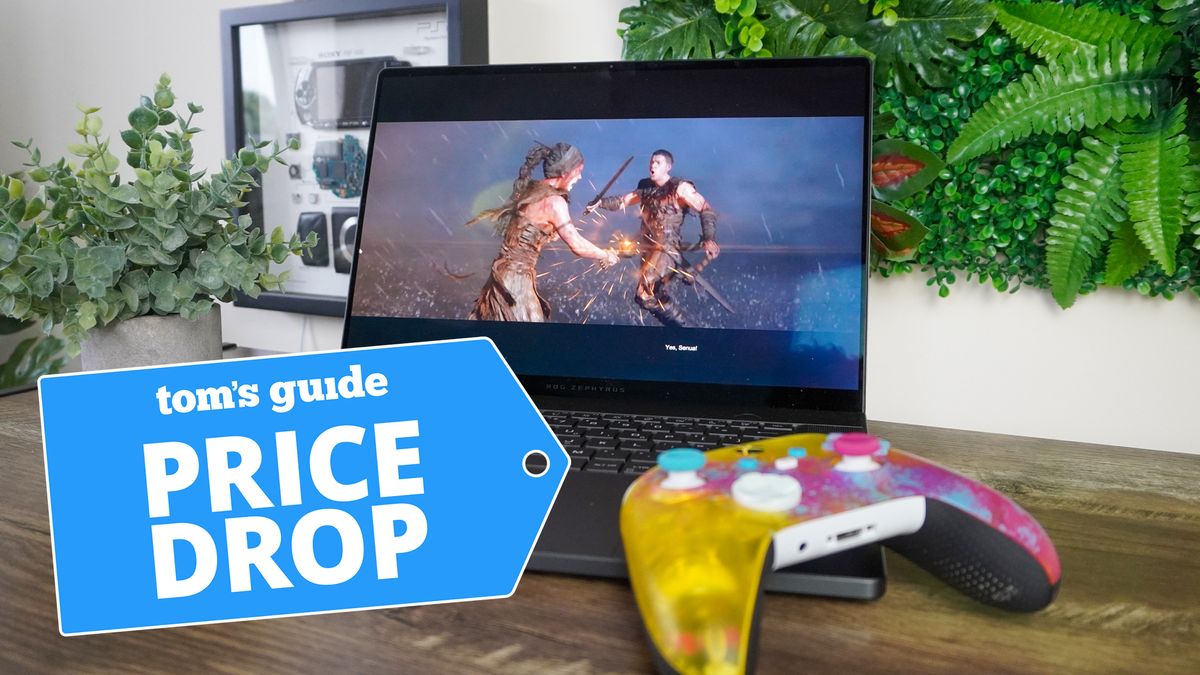
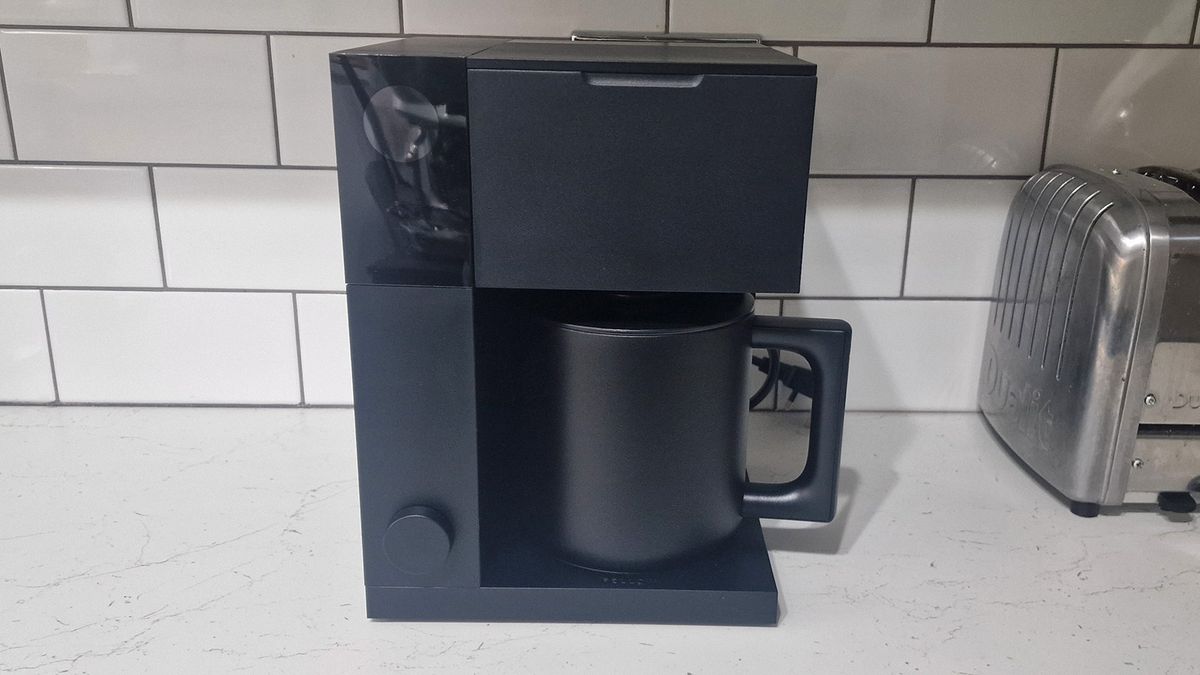





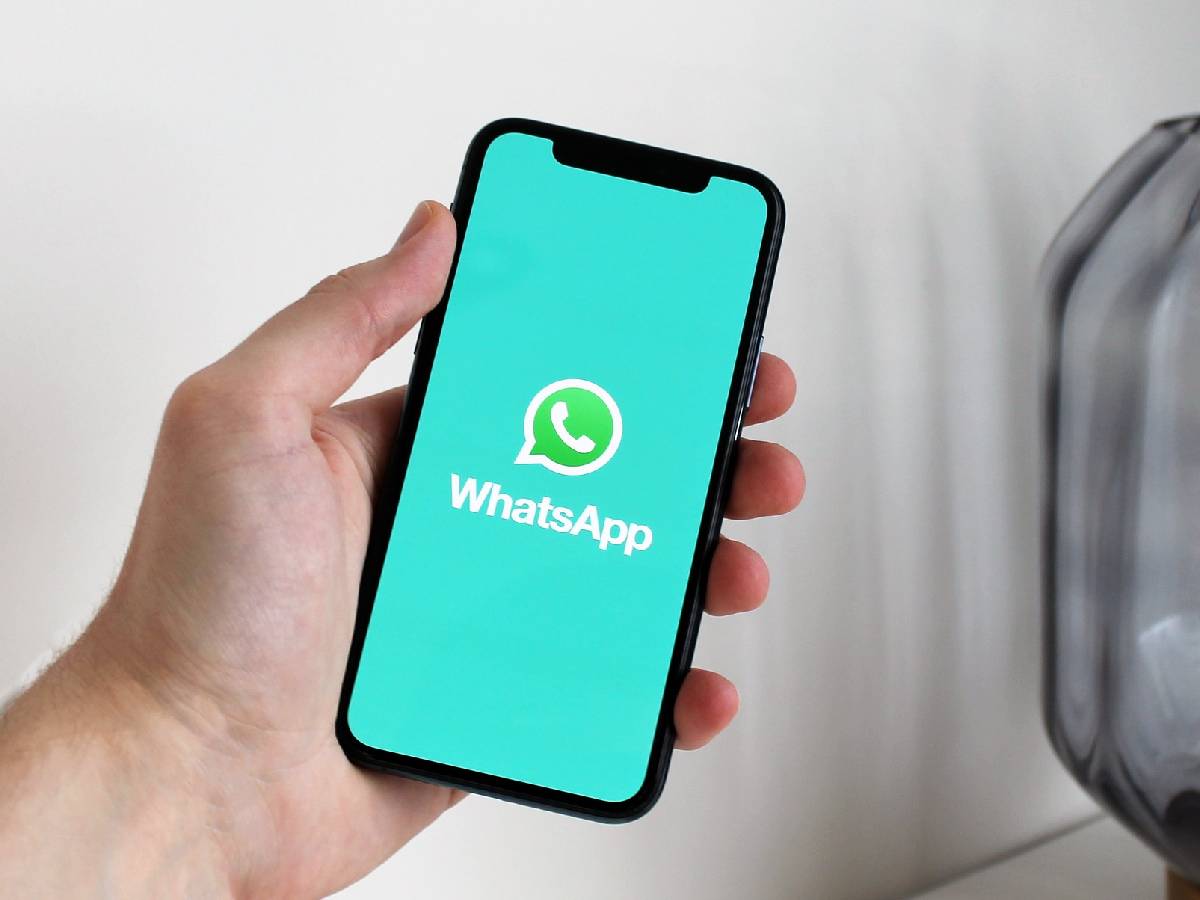









 English (US) ·
English (US) ·